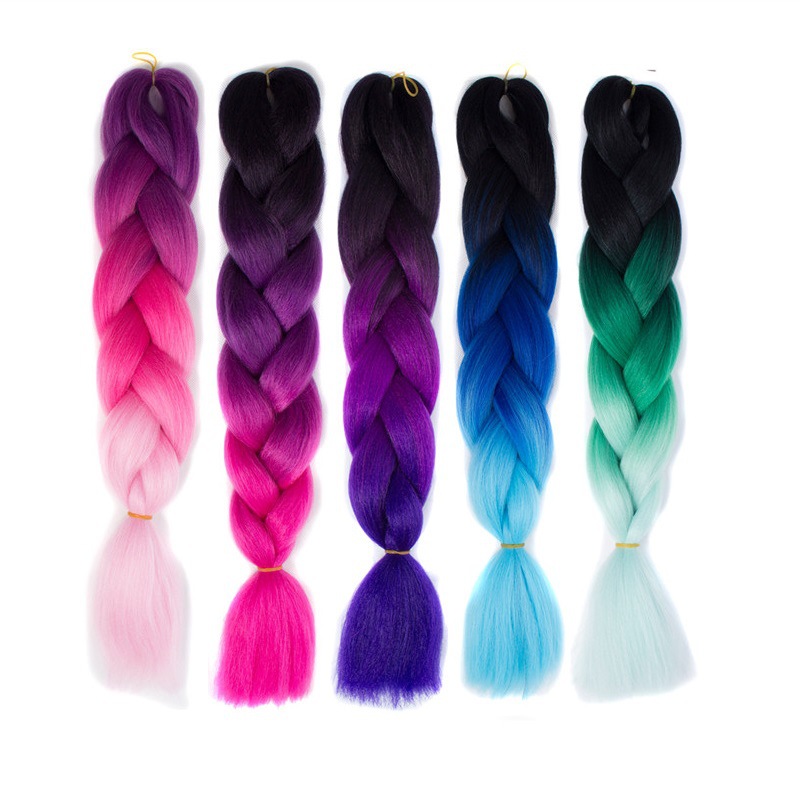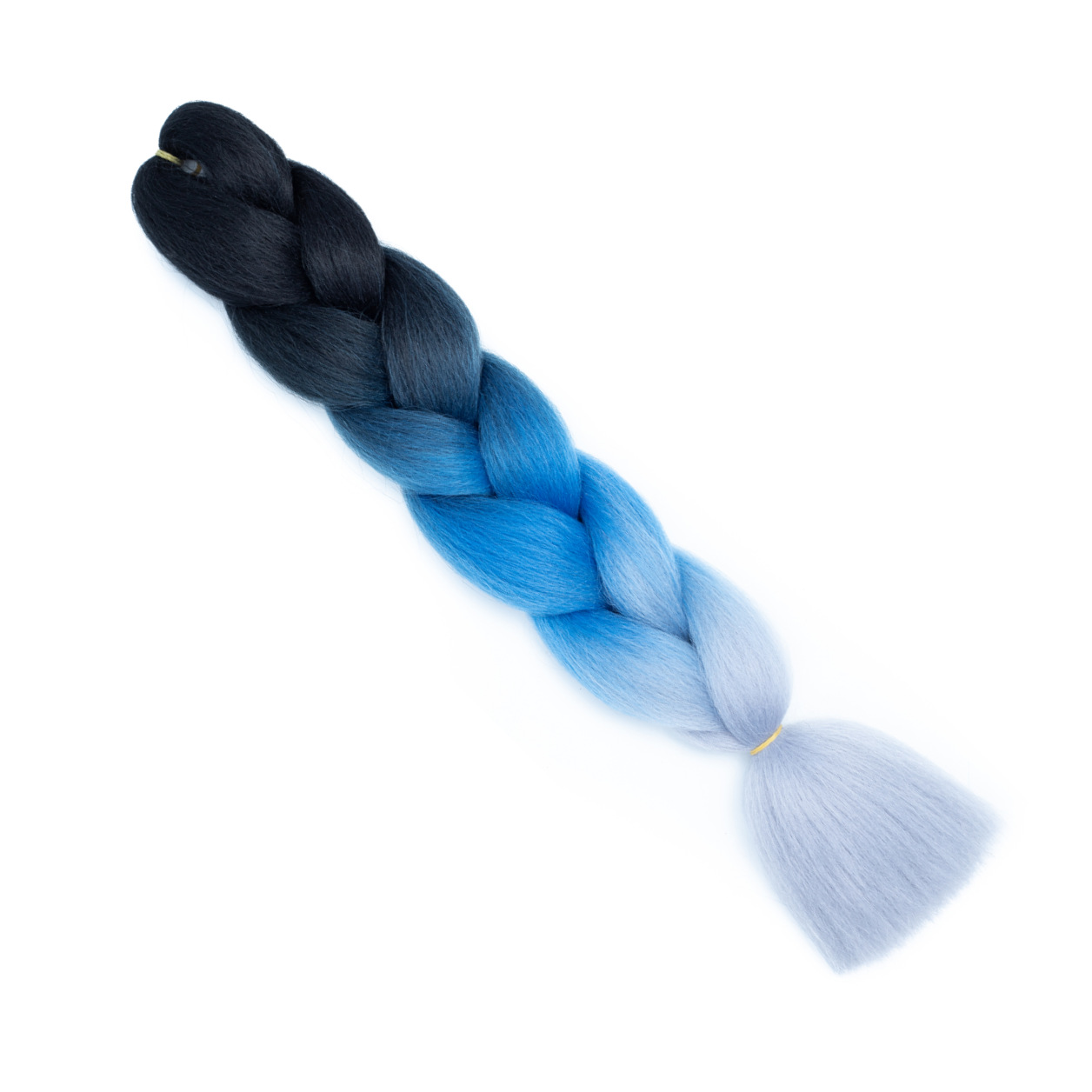color big braid wig gradient two-color chemical fiber big braid braid hair extension african black dirty braid wig
| Packaging information: |
|
|---|
Direct from the manufacturer, ample stock, 120 colors to choose from.
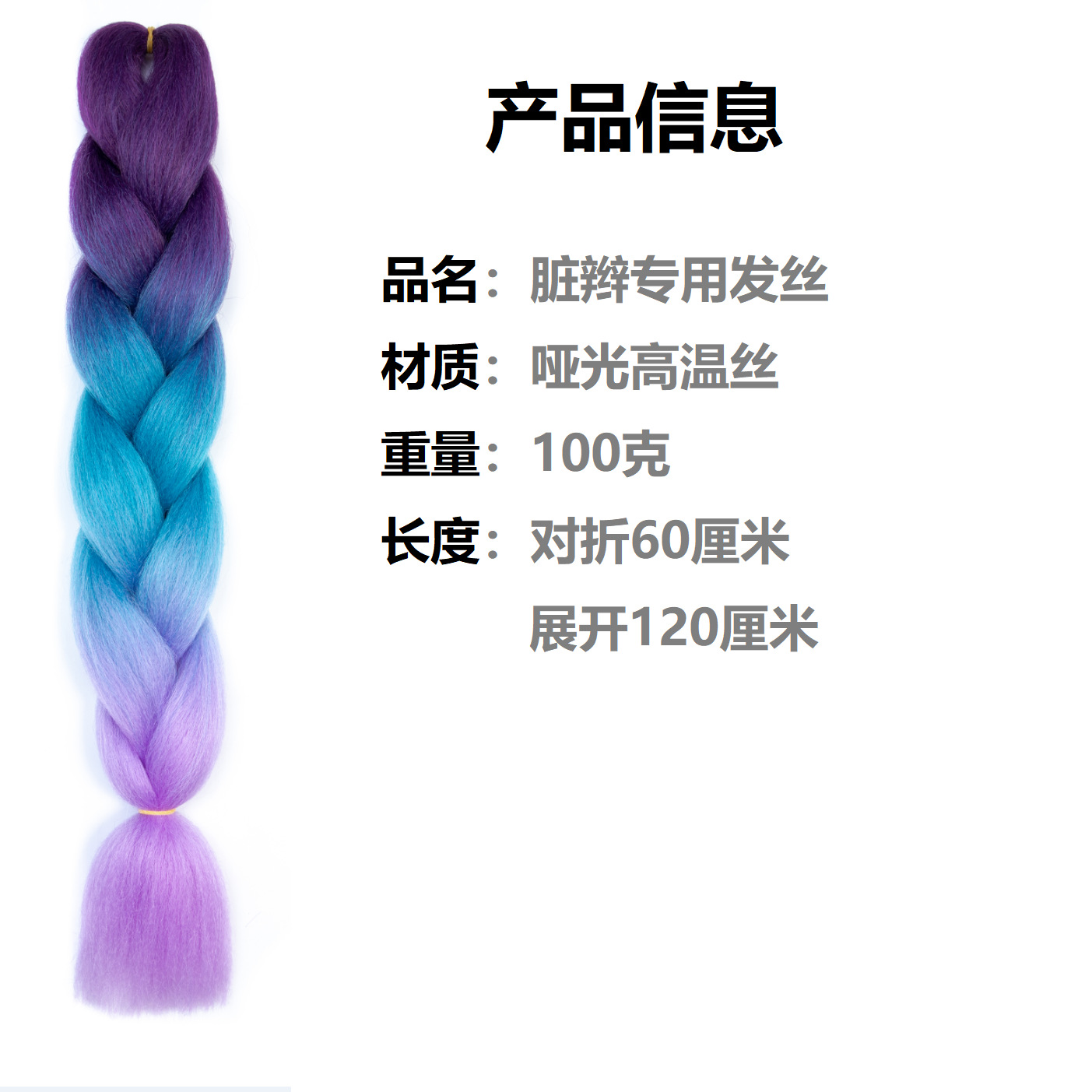
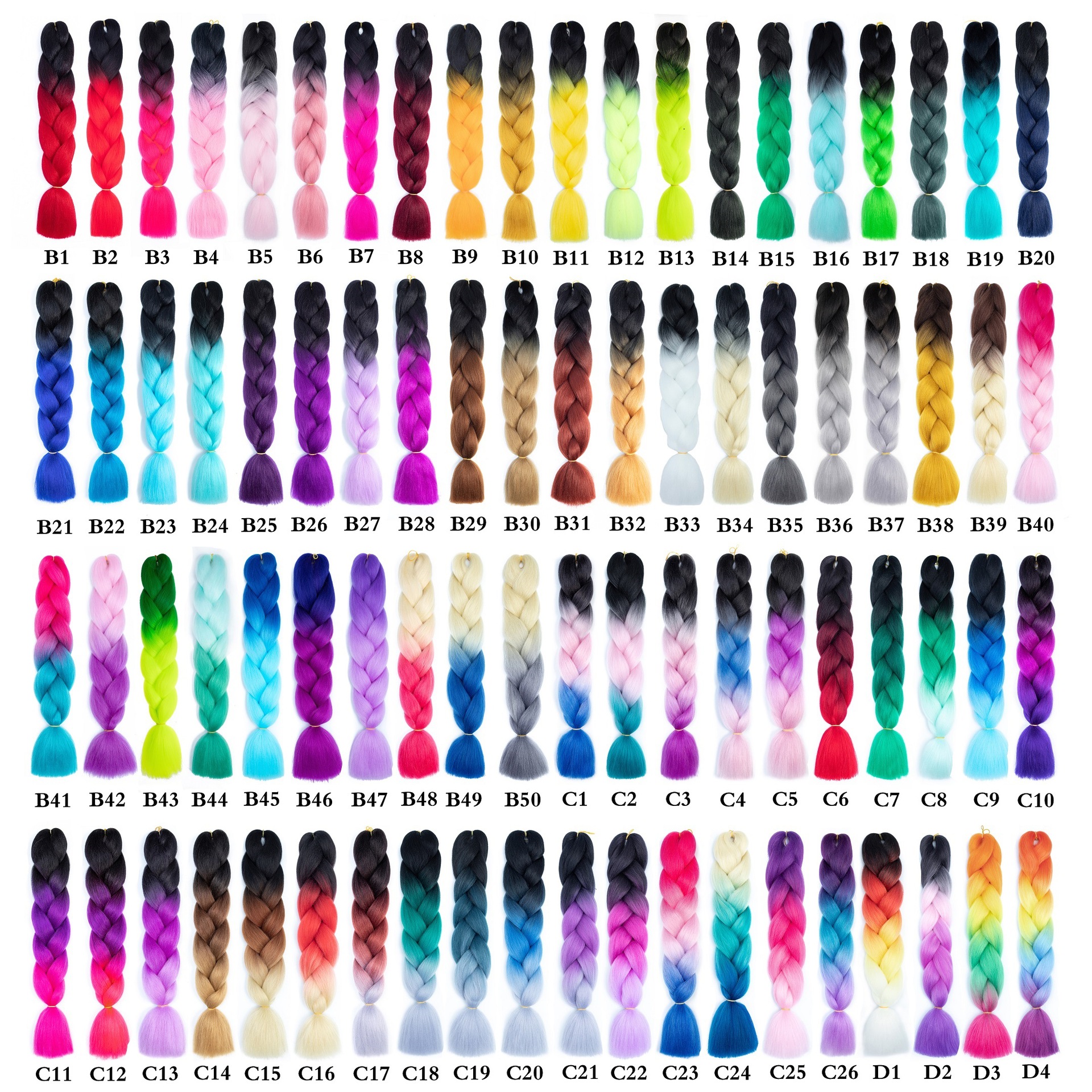
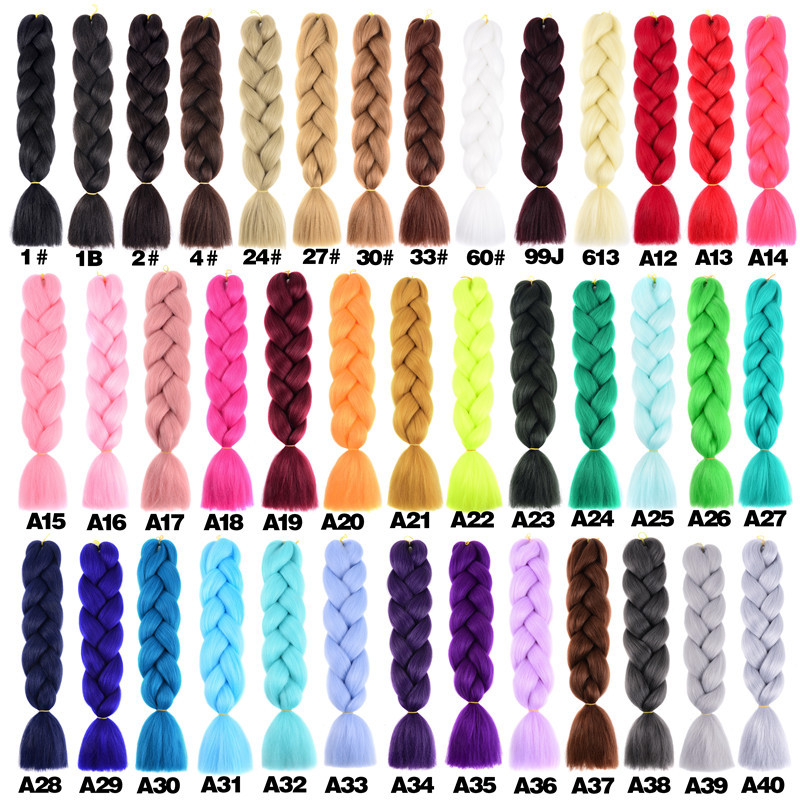
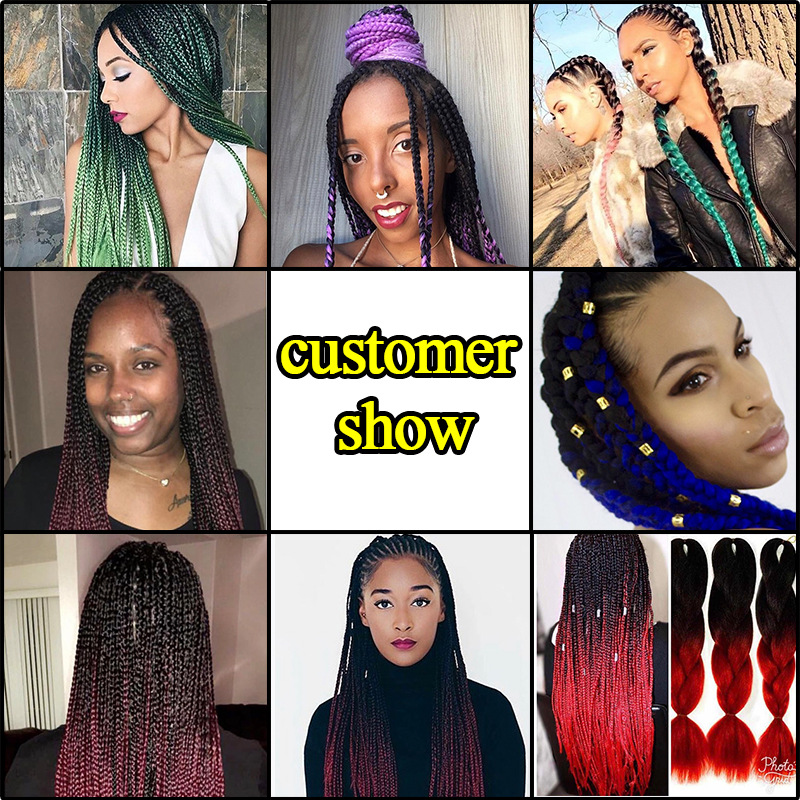
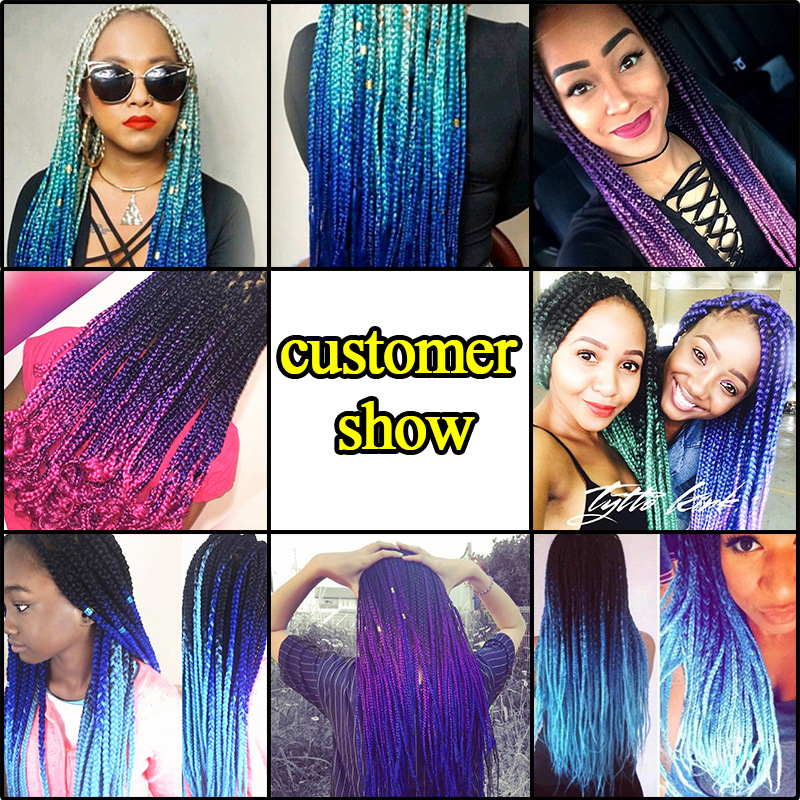

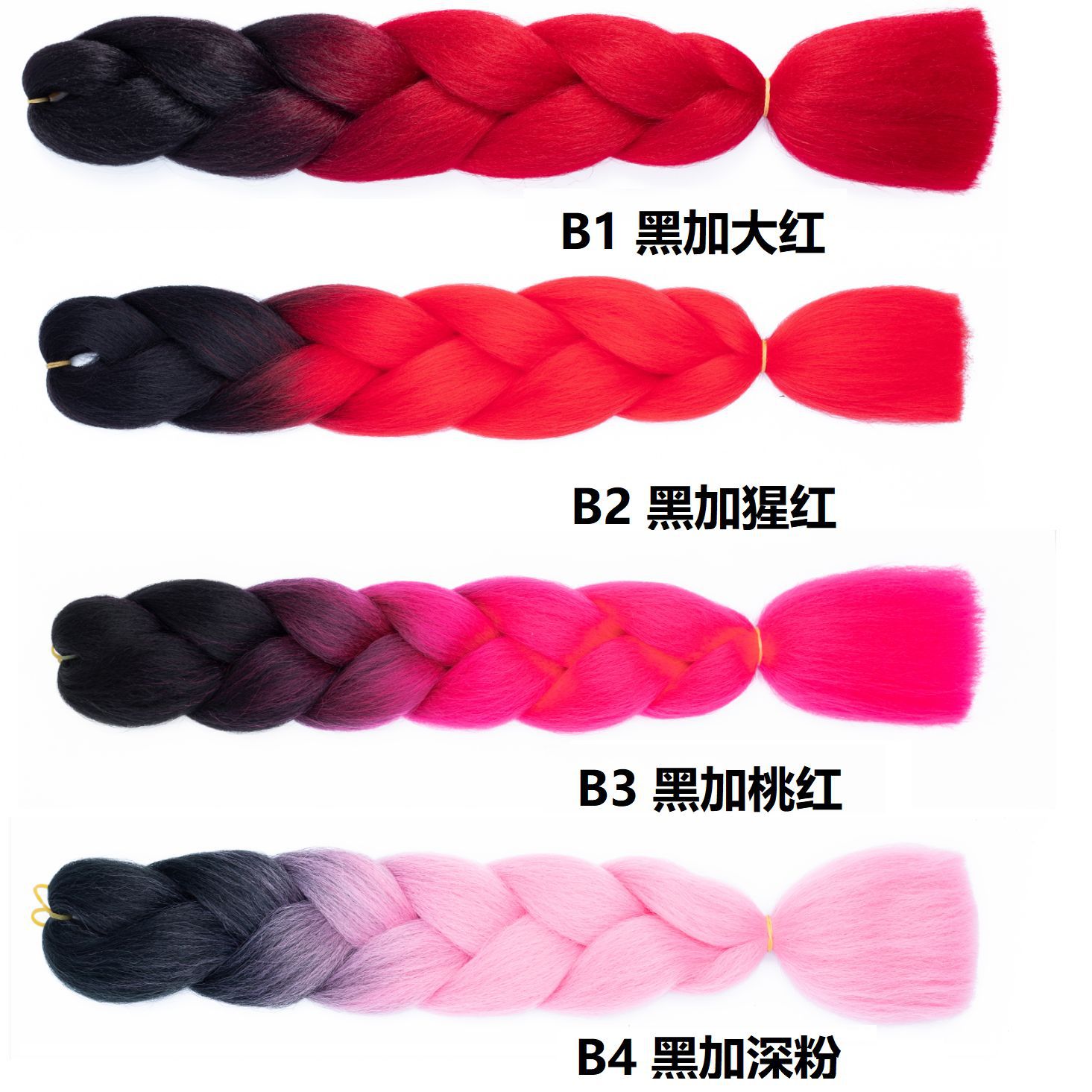
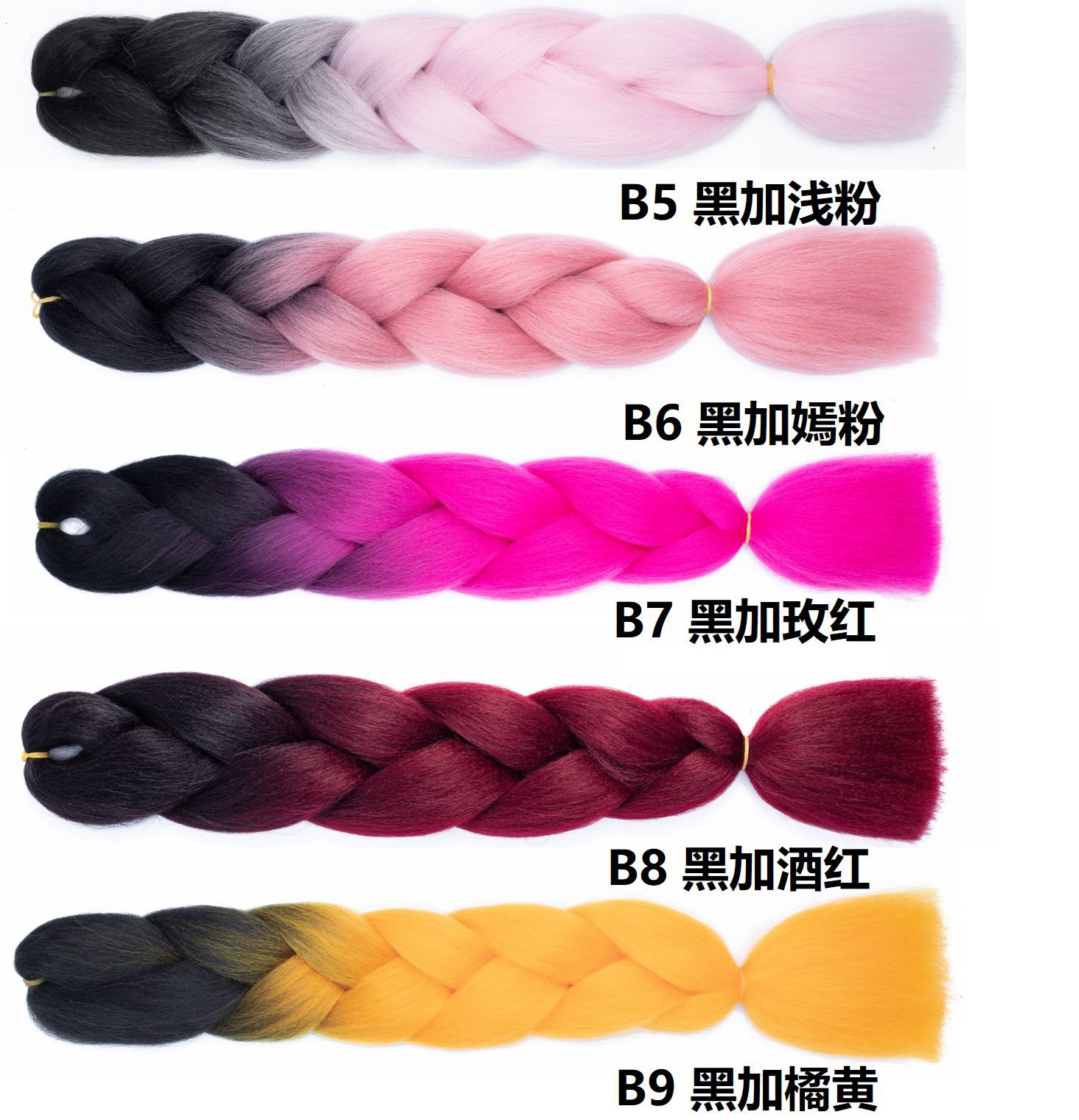
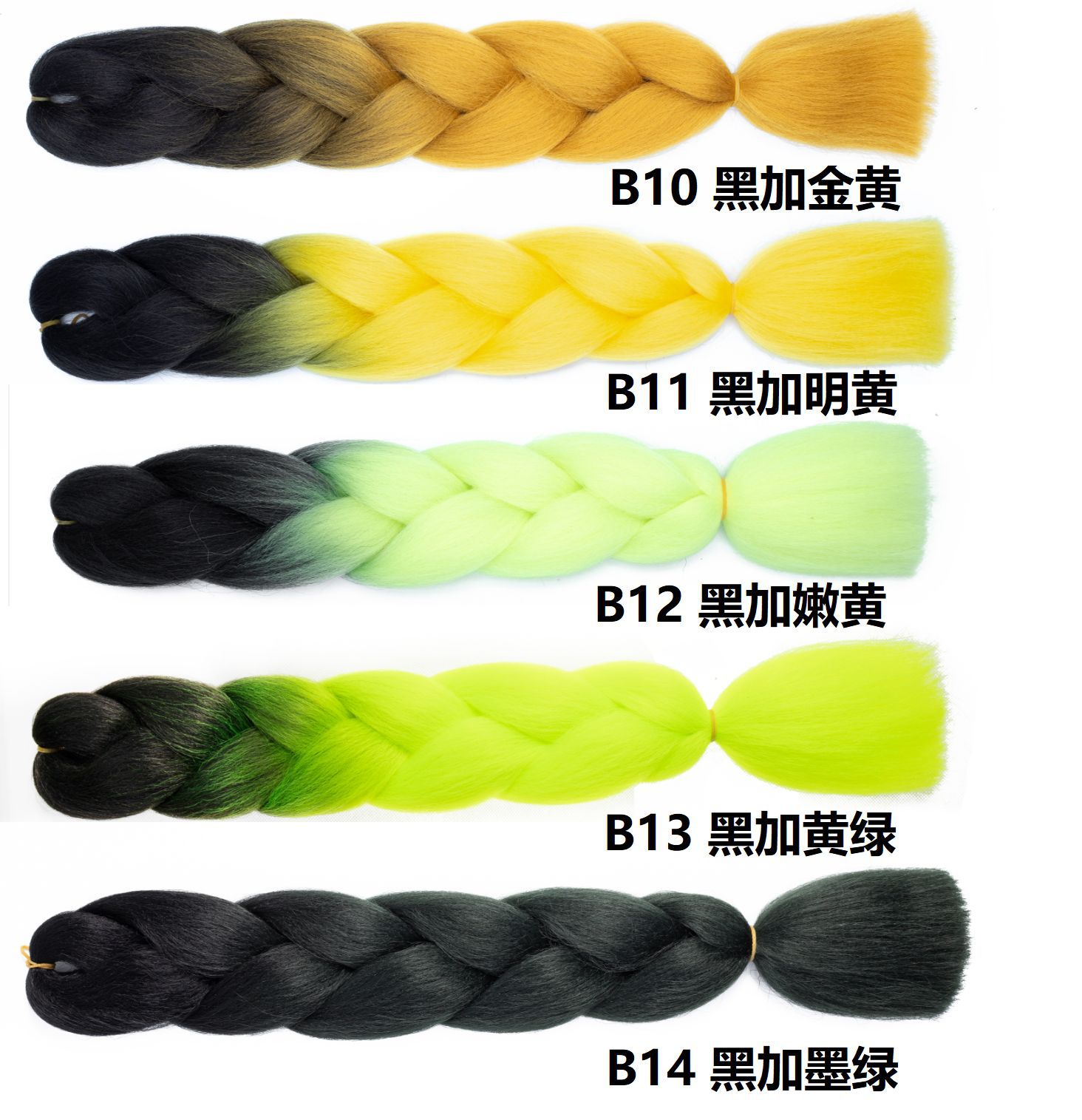
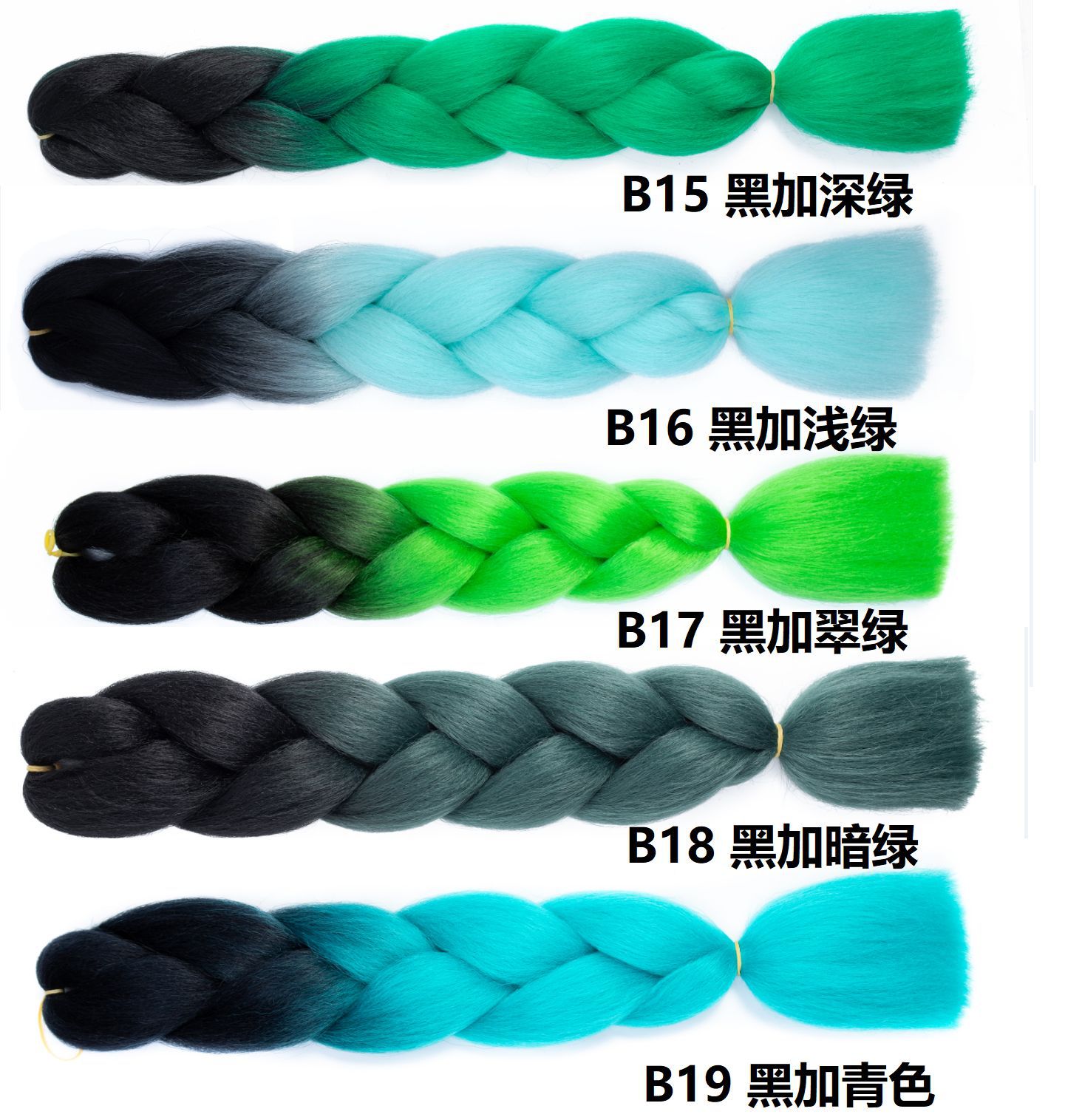
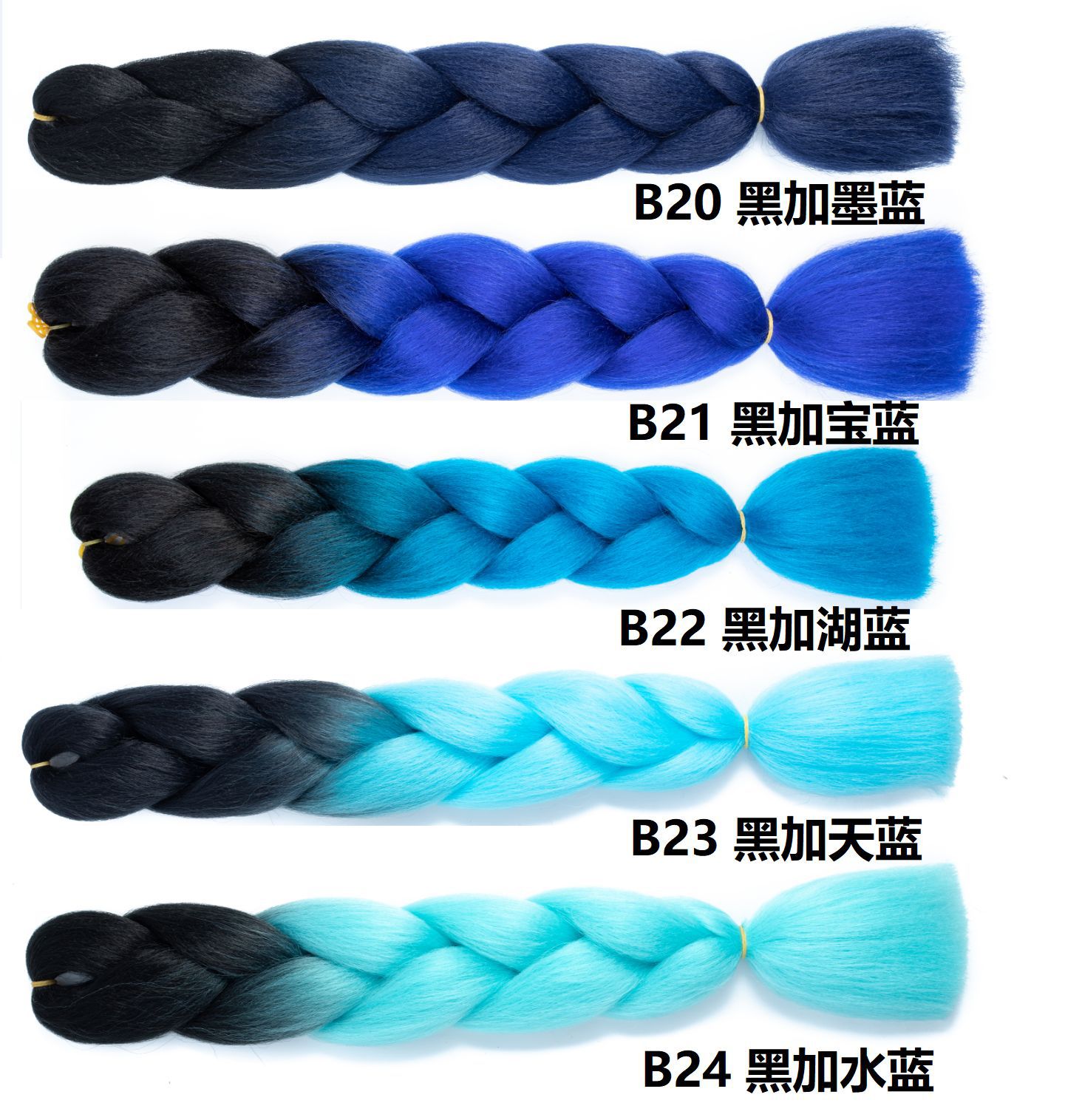
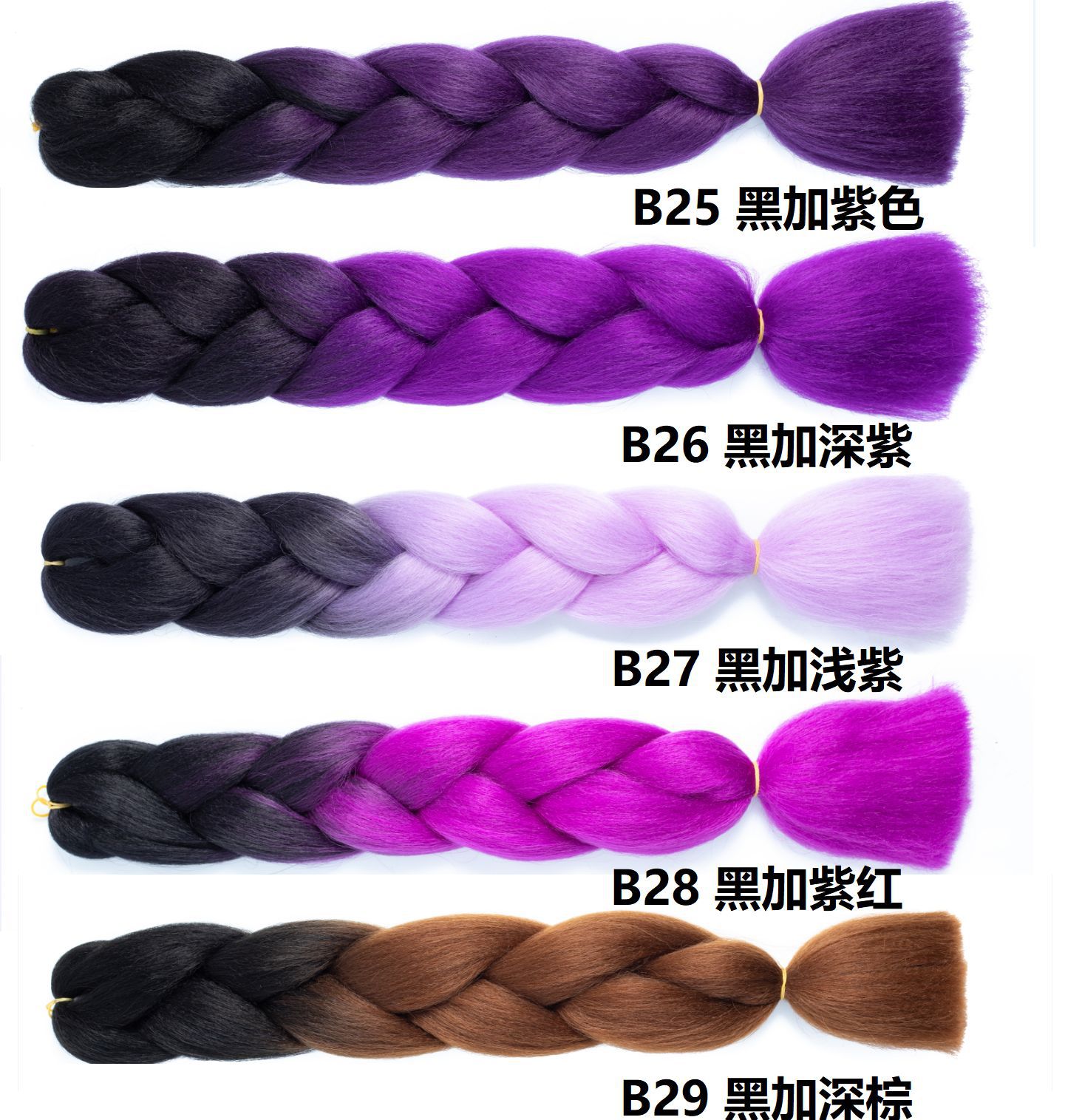
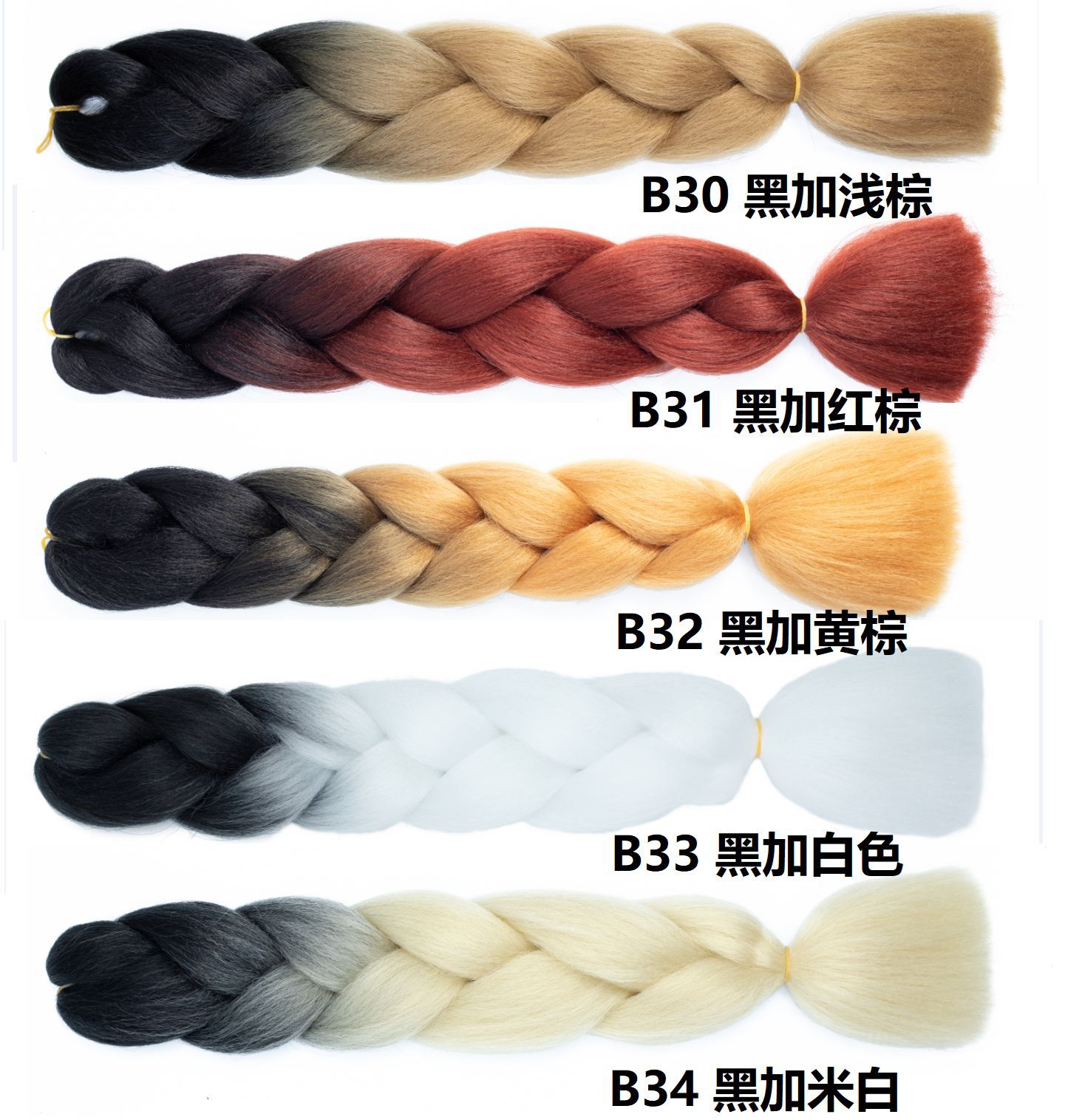
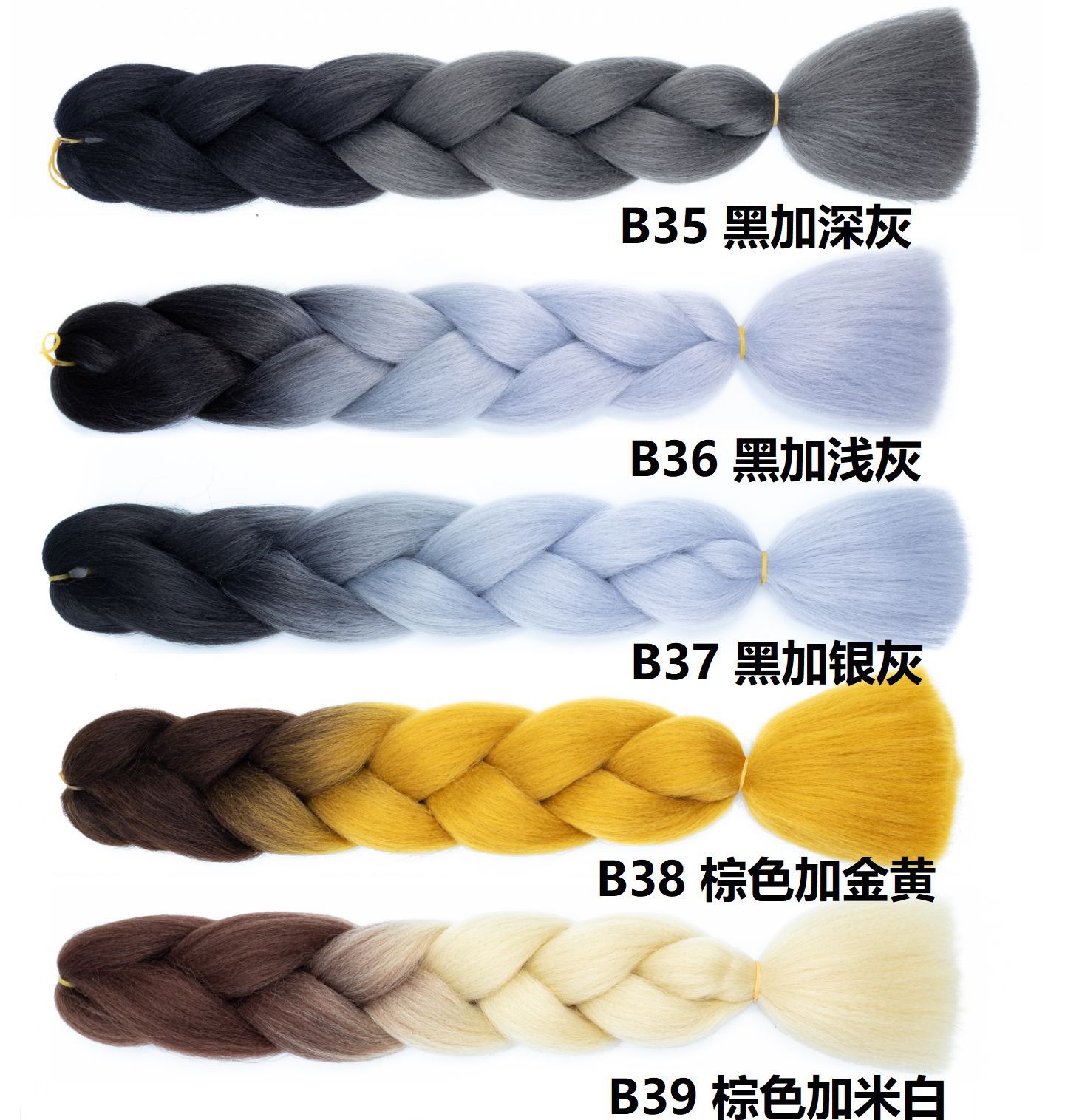
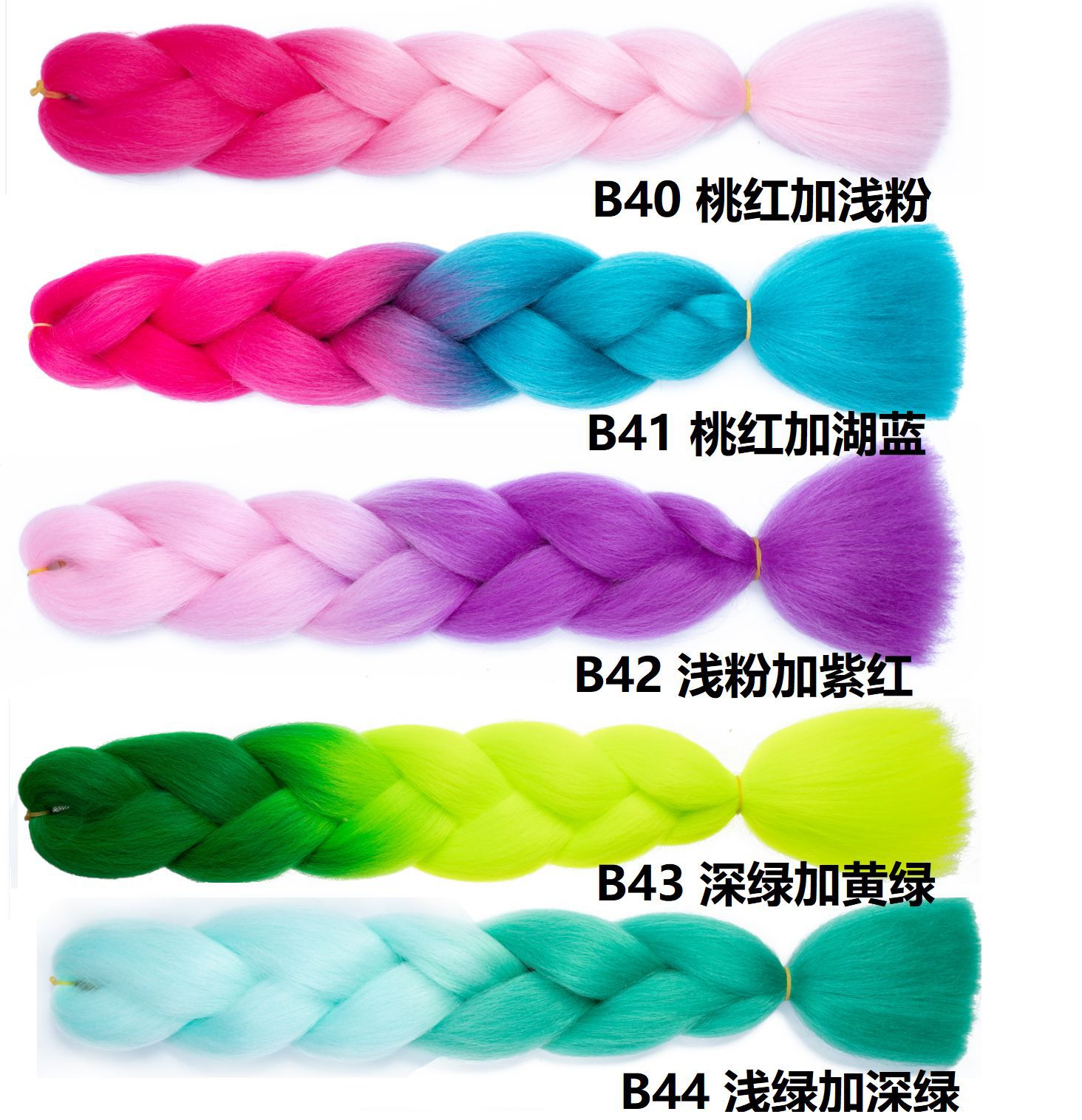
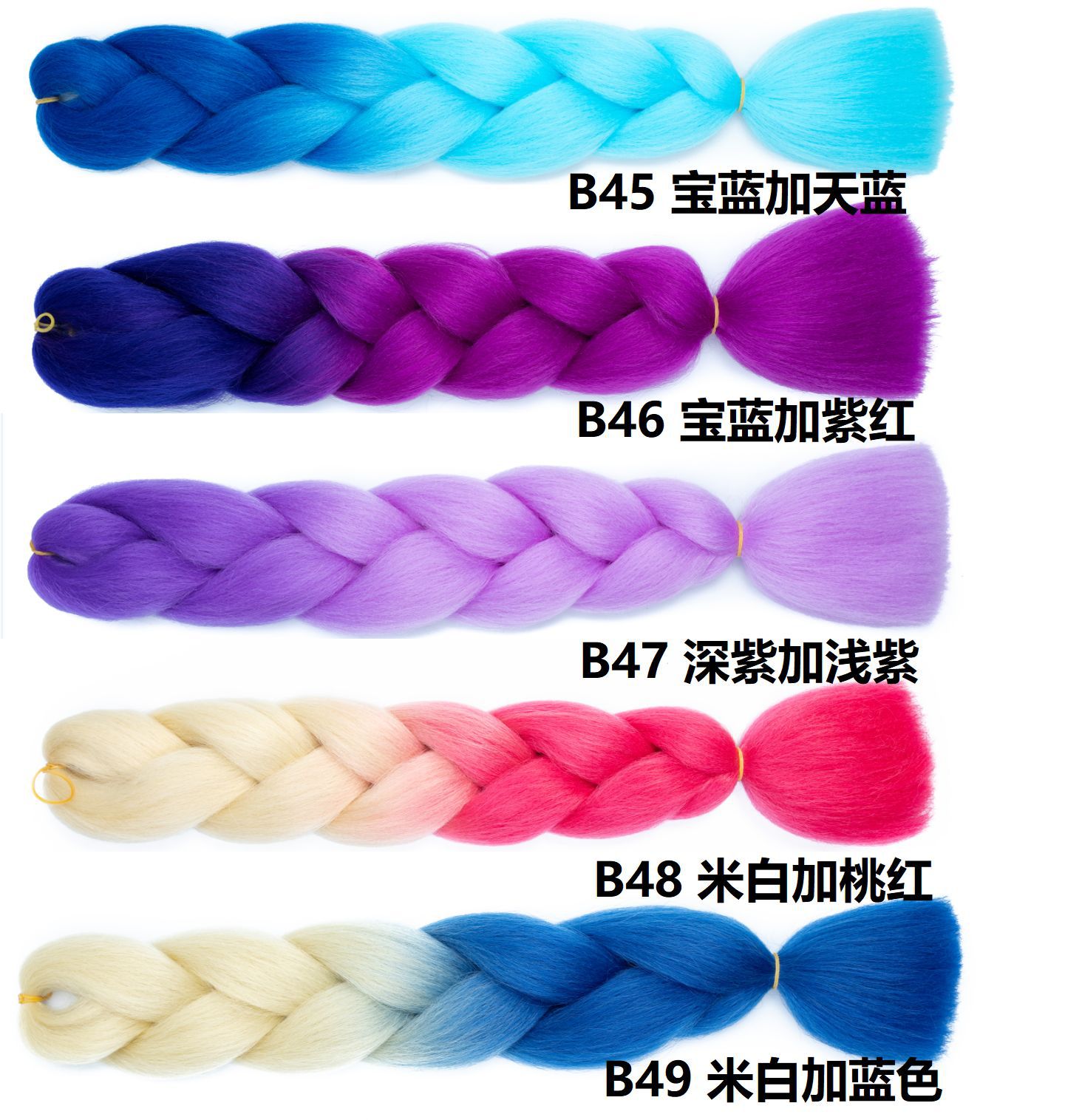
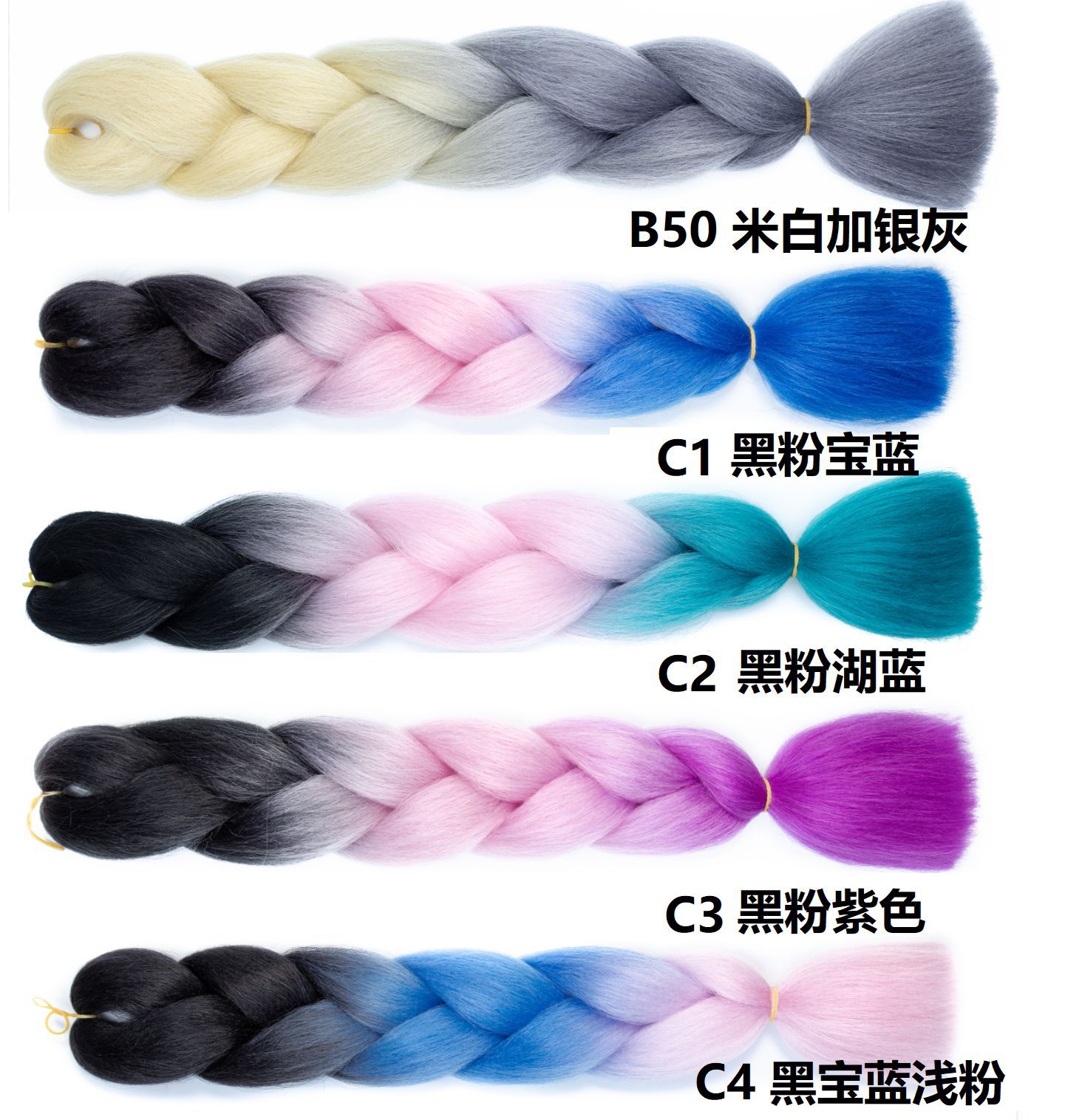
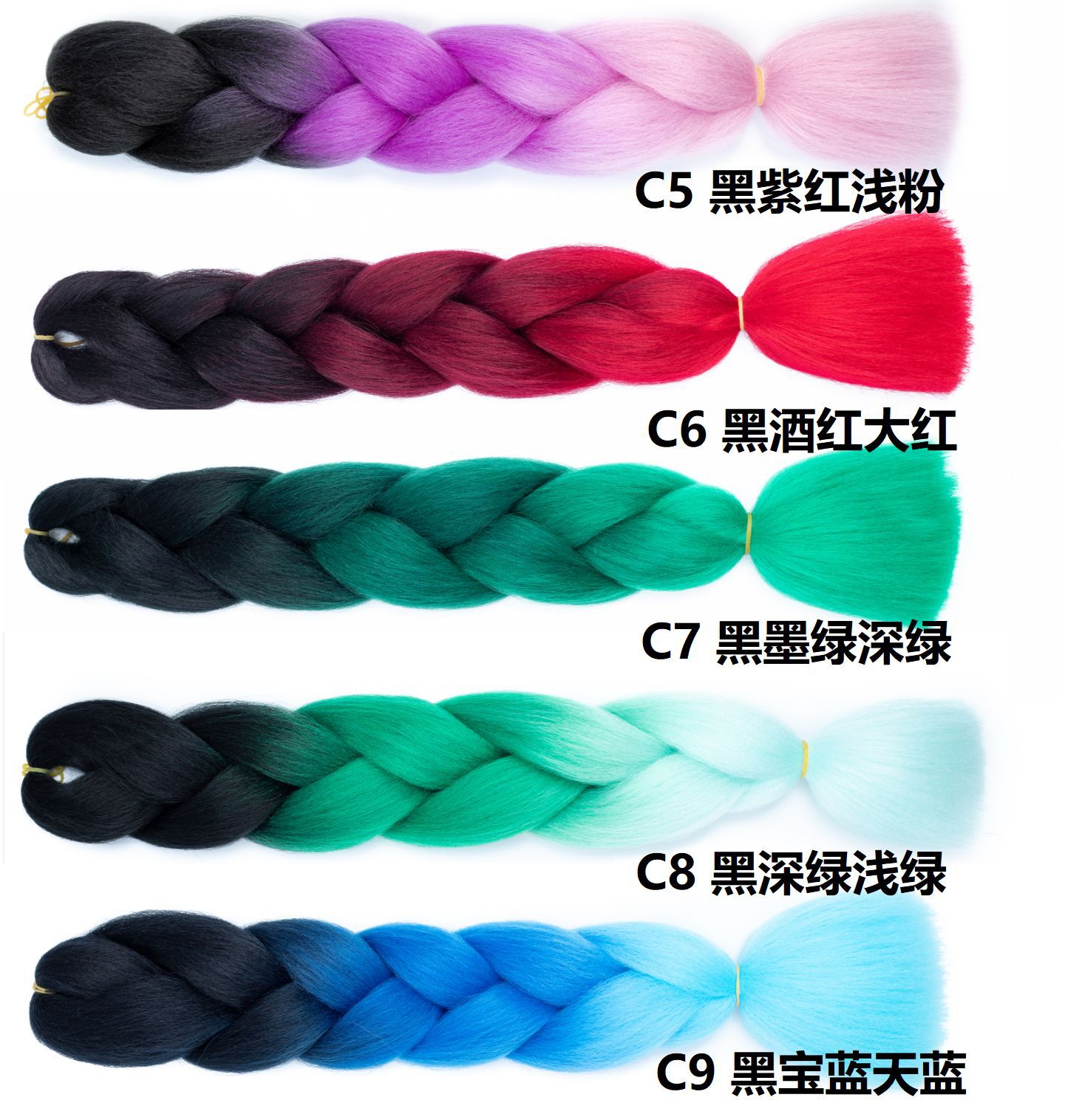
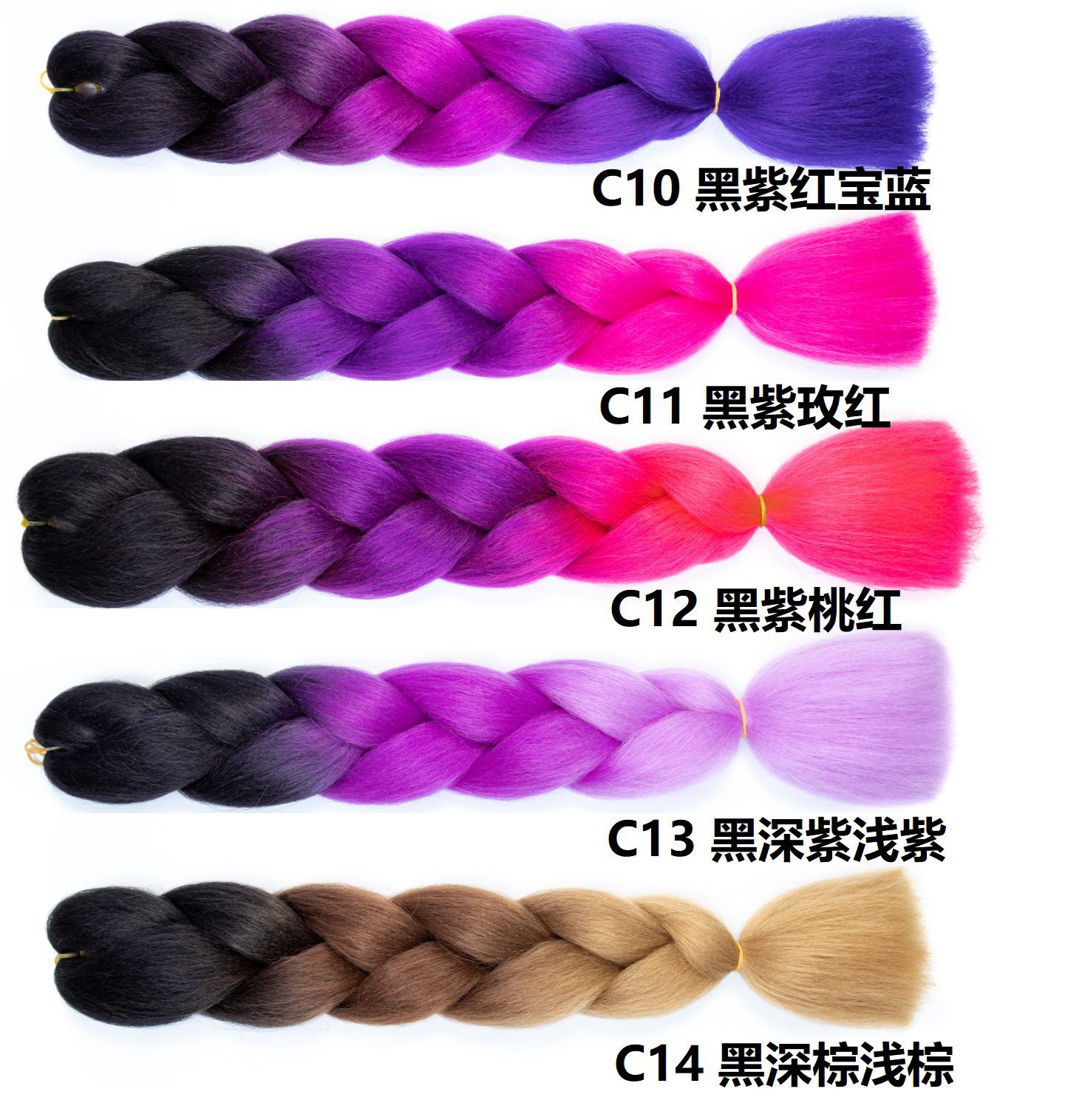
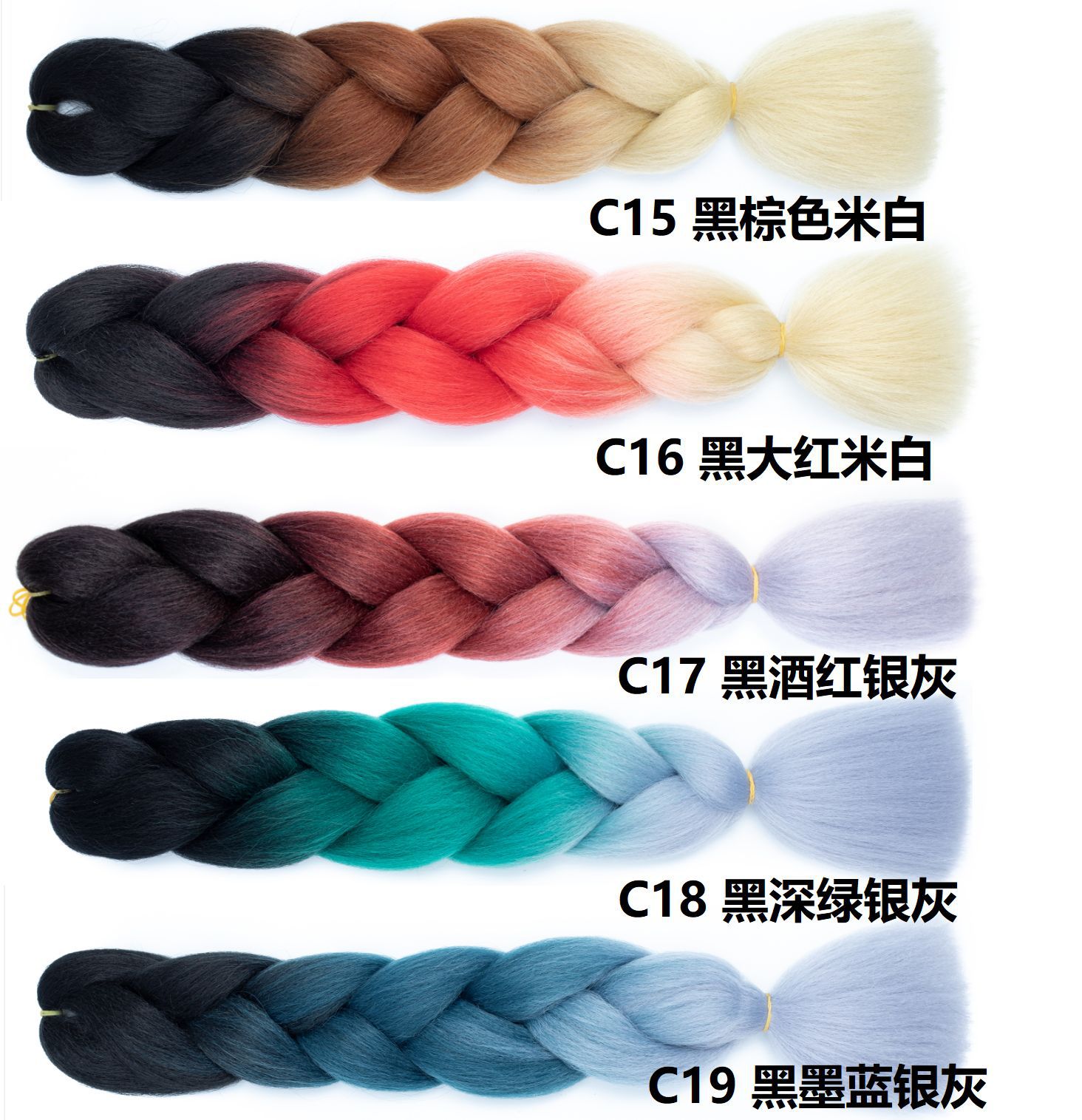
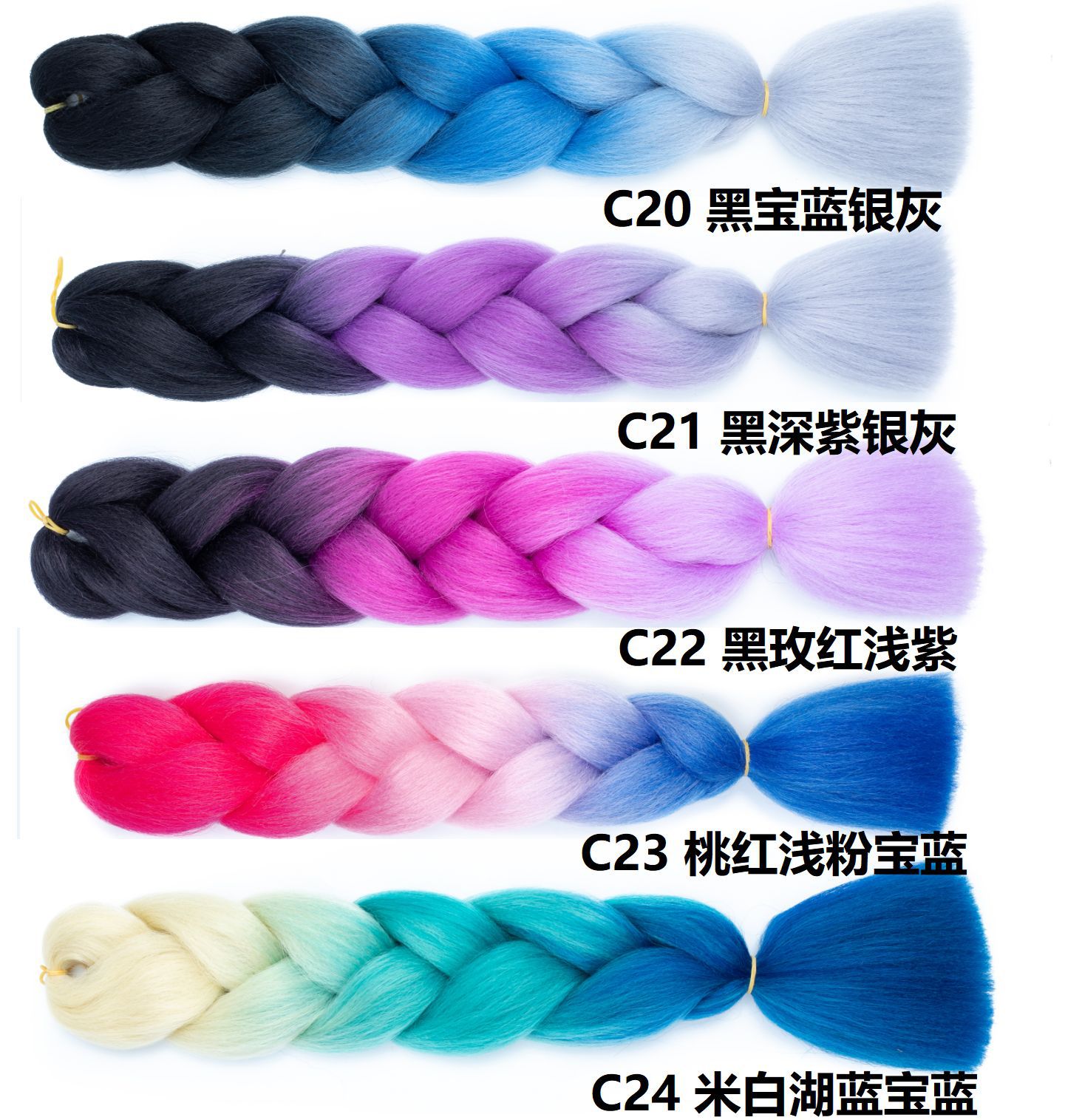
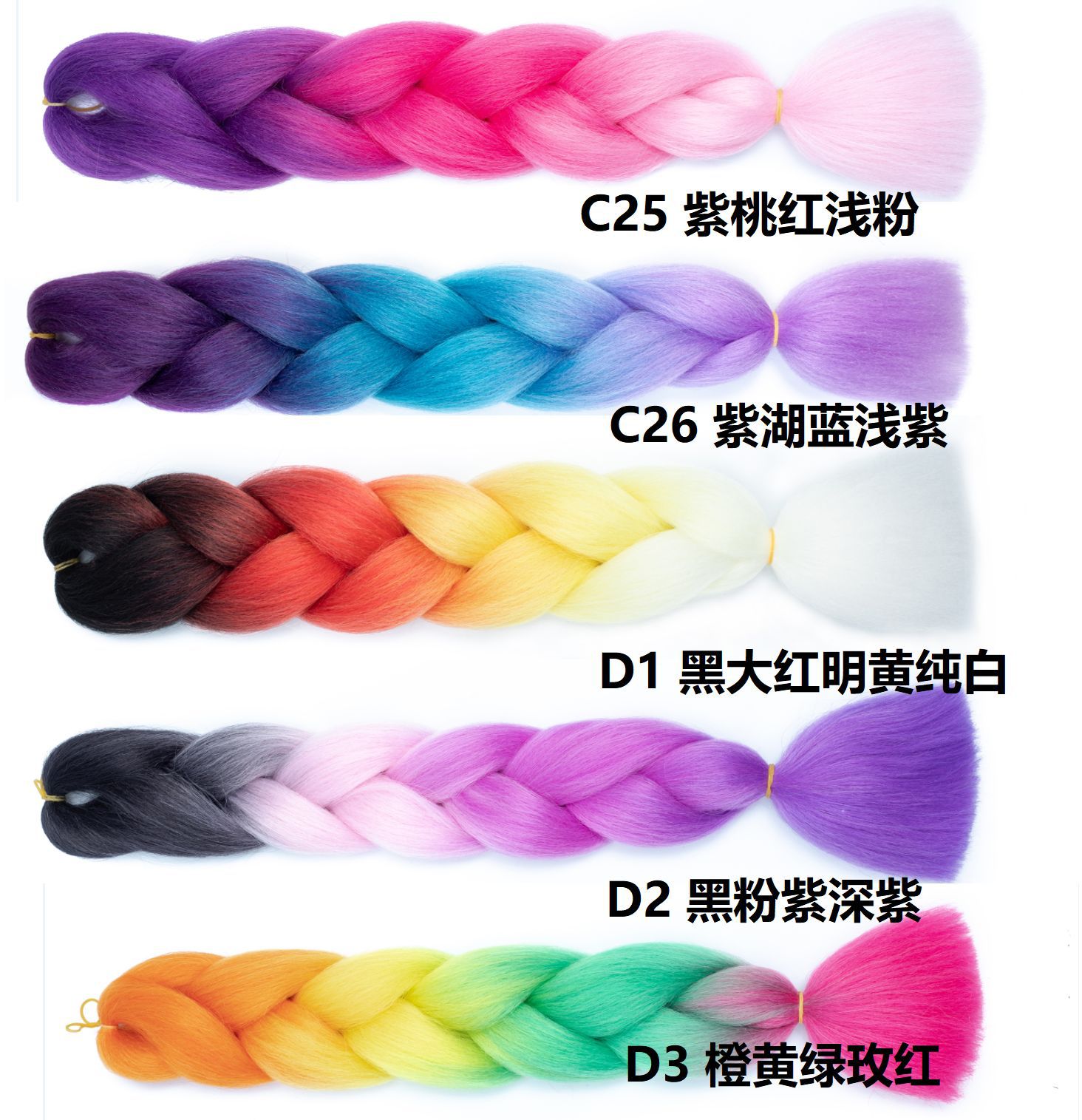
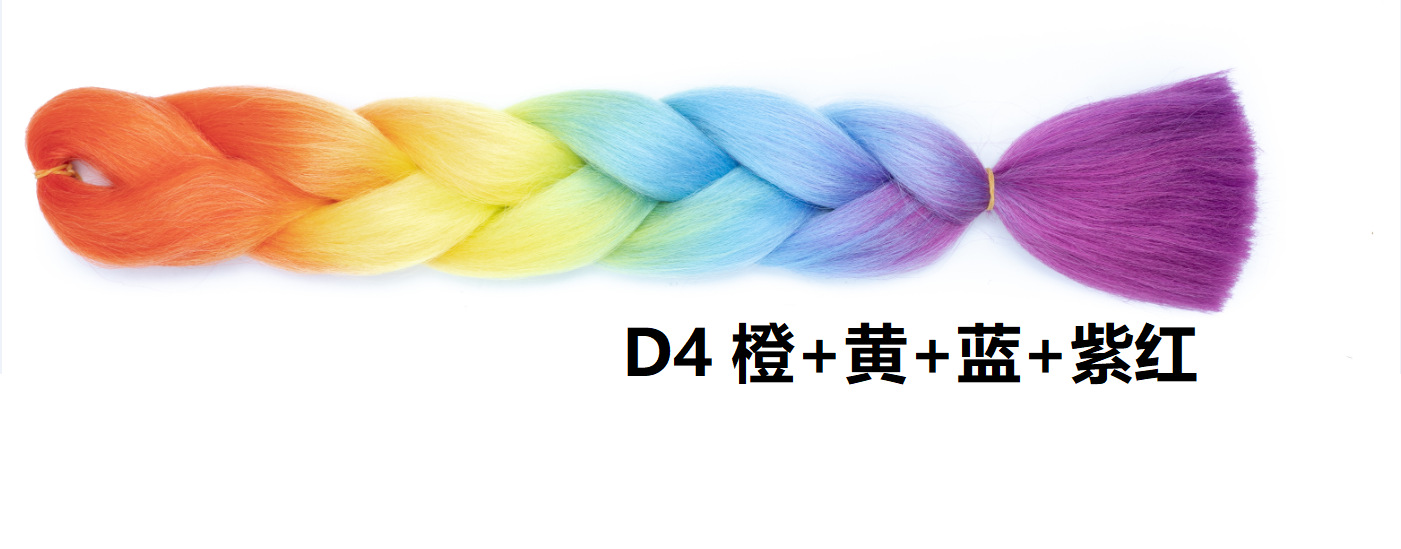
Dreadlock Culture
The precursor to the earliest dirty-braid hairstyle emerged in the hot African climate to prevent lice and other insects from roaming freely on people's heads. Some intelligent Africans began to tightly bind their hair together.
Later, during the Age of Great Navigation, sailors (including pirates) had to spend long periods at sea, sometimes for months or even one or two years without returning to land. Being away from land also meant being away from fresh water. Under those circumstances, fresh water and oranges were almost as important as the sailors' lives, so no one would be so extravagant as to use fresh water for washing their hair. As we all know, seawater is highly alkaline, but our skin and hair are weakly acidic. This can cause severe itching of the scalp and make it easier for insects to breed, leading to necrosis of the hair follicles and permanent hair loss. To solve this problem, sailors also tightly bound their hair together to greatly reduce the space for insects to survive. After a long time of modification and technological innovation, dreadlocks have not only become a very suitable hairstyle for sailors' lives but have also been seen by many sailors as a symbol of personality. It is because of this that dreadlocks gradually came to land from the sea and became a culture.
Various reasons in various cultures have led to the creation of locks: as a political statement and in more modern times, as a symbol of freedom, alternative or natural spirit, representing profound religious or spiritual beliefs, national pride. Another name for the style is locks (sometimes spelled “locs”).
In Tibetan Buddhism and other more esoteric forms of Buddhism, the traditional braid is occasionally replaced by a shaved head. The most well-known group of these individuals are known as the Ngagpas of Tibet. For many Buddhist practitioners, the braid is a way to give up material vanity and excessive attachments. Many profound Buddhist rituals in medieval South Asia, which were performed by Buddhist yogis (Buddhist counterparts to contemporary Hindu sadhus), required the braid. In contemporary Tibetan practice, the hair is replaced by a crown, with the hair attached to the crown.
After a long period of modification and technological innovation, dreadlocks have not only become a hairstyle that is very suitable for sailors' lives but are also seen by many sailors as a symbol of individuality. It is because of this that dreadlocks gradually made their way from the sea to land and became a culture. In the last century, a group of artists like Bob Marley further sparked a craze for dreadlocks. Since the last century, dreadlocks have been inextricably linked with rock music. In China, we generally become acquainted with dreadlocks through movies and TV shows.
The development of dirty hair in our country is also through a large number of rock bands. Choosing it is to choose a lifestyle and a way of life. The culture of dirty hair in our country started later, and it is also favored by more and more friends who want to promote their personality.
In the TV series "Good Man," the character played by Gan Hongtian is a head of colorful dreadlocks that is absolutely eye-catching! This colorful dreadlocks on Gan Hongtian's head really has a unique style. With a slight frown, she looks like a big sister!
The entertainment industry has quietly emerged a new hairstyle ——“Dreadlocks”. Dreadlocks is a hairstyle originating from Africa, where hair is tightly twisted together to prevent insects from growing freely on the head and to stay cooler in summer compared to disheveled curls. This hairstyle, once beloved by sailors, has now become a cultural phenomenon, sparking a “Dreadlocks trend” in the entertainment industry. Many celebrities have tried this hairstyle in both television dramas and their daily lives.




